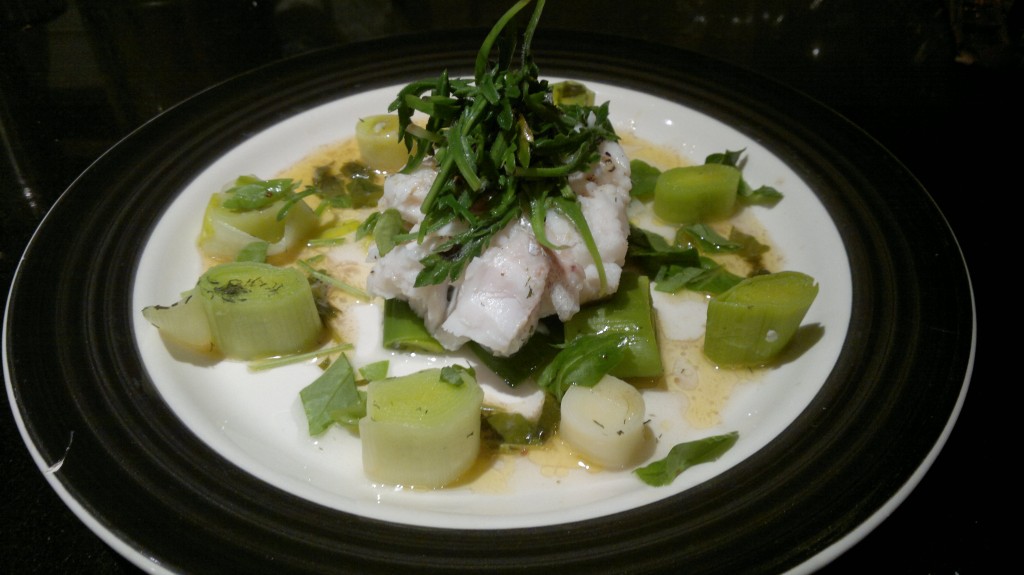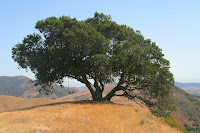So what have I learned in 12 months of blogging?
- While info-snippets might be educational, readers can probably find this information on their own in Wikipedia. To my surprise, the most widely read posts were the commentary pieces that I slowly started adding in. It hadn't really occurred to me that readers would be interested in my own opinion. I was wrong, and that is very encouraging.
- Blogging is a serious endeavor, and attracting readers is more than just adding new posts, no matter how interesting they are. I realize this sounds trite, but I was naive. As I gained exposure through the publication of WHAT A PLANT KNOWS, traffic to The Daily Plant grew as well, with site visits doubling once the book came out. And most importantly, making friends with fellow bloggers, and having them retweeting my posts, helped immensely. So THANK YOU (you know who you are)!
- Plant lovers are (still) a minority in this world.
So with these lessons in mind, here are the top five posts of the year:
- Food Security - A Multi-Disciplinary Endeavor. This was by far the most popular post of the year. Food security was a recurring theme in a number of posts, but this one trumped them all.Look for more food-scurity related posts in 2013 as this will be a major effort of the Manna Center.
- Screaming plants mean no more fairways? Here I learned that my readers either have a great sense of humor, or are very gullible My sister falls into the latter category After reading this April-fool's post, she called me, and in compete seriousness said, "I knew it! I knew plants had feelings!".
- Guest blog: Jonathan Gressel - Exposing anti-GMO propaganda veiled as science. Over the year several guest bloggers contributed posts, and all were very well received. But Gressel's piece against pseudoscience in the GMO debate struck a nerve and was retweeted several times.
- Do plants feel pain? This post is a direct response to the talks I gave about my book. Again and again I was asked if plants suffer when we cut them, or when we eat them.
- Peer review - enough with author-blind comments. This post was unique in that it had nothing to do with plants. I used The Daily Plant as a vehicle to write my own op-ed, after i had gotten burned by what I considered an unfair peer-review process. I am very encouraged that despite the lack of plant content, this post was so popular. This may encourage me to do this more often in 2013.
I want to thank you for taking the time to read this and other posts in The Daily Plant. You have helped me find my voice as a writer, and to learn about plants that I never considered. It has been an honor writing for you.





























